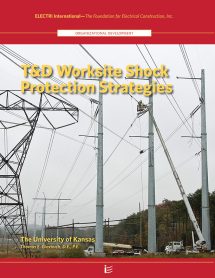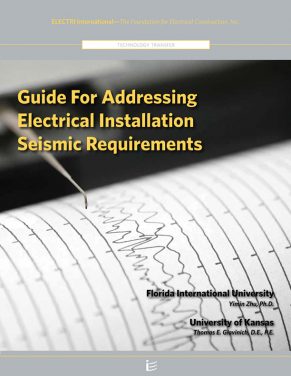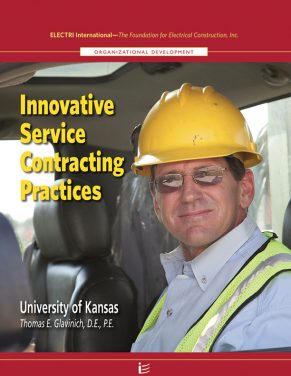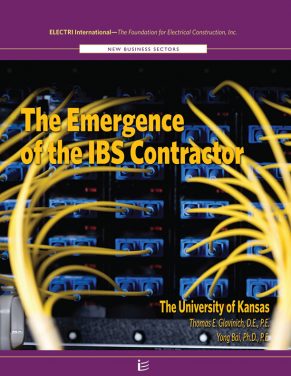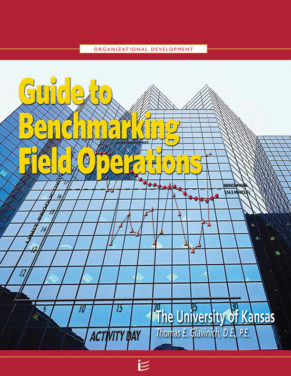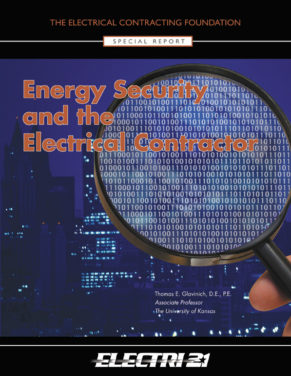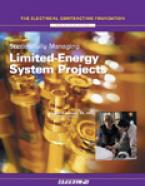T&D Worksite Shock Protection Strategies
The electric power industry has long recognized the need to protect workers aloft and on the ground from dangerous voltages that can occur during construction and maintenance operations on overhead transmission and distribution (T&D) lines. Current regulations, codes, and standards require that an equipotential zone be established where there is a possibility that a worker may be exposed to dangerous voltage differences. Equipotential zones are intended to minimize dangerous difference in potential through grounding and bonding. Much of the industry focus to date has been on establishing equipotential zones to protect workers aloft because these workers are perceived to be in the closest proximity to the hazard. However, workers on the ground are also in danger and establishing an equipotential zone to protect workers aloft may actually create a hazardous condition for the linemen, groundmen, and equipment operators working on the ground. There is little direction on how to establish an equipotential zone on the ground at the worksite. Methods used to protect workers on the ground vary throughout the electric power industry and are often based on industry custom and practice. The purpose of this research project is to develop strategies to protect workers and the public on the ground in the vicinity of overhead T&D construction and maintenance operations from being exposed to potentially hazardous voltages.


